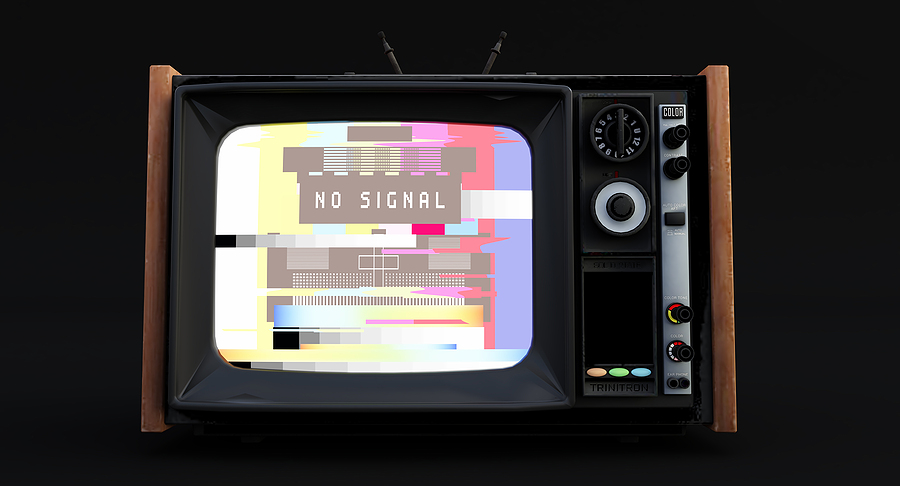Ever since the development of liquid crystal display technology, there has been an increasing trend in the miniaturisation of LED screens, most prominently seen in the world of smartphones.
Once the Casio TV-10 highlighted the potential of LCD for miniature displays, the technology would become the basis for many successive technological advances that allowed for even smaller, sharper and more efficient displays.
However, at the same time as the TV-10s release, another portable display was released that was the most innovative and bizarre use of a redundant technology.
The Sinclair TV80 was the culmination of a 20-year passion project for the late Sir Clive Sinclair, who wanted to create a miniature television set.
His earliest attempt was the Microvision in 1966 and illustrated the issue that he faced trying to make a miniature display; before the invention of LCDs, Sir Clive needed to use miniature cathode-ray tubes, which were expensive to source and required a lot of power to run.
It was advertised as for sale in 1967, but due to the sheer complexity and expense of making the devices, it was never put into active production.
The next attempt was released a decade later in the form of the TV1A, which used custom-designed CRT technology and was at the time more expensive per ounce than solid silver.
It was actually surprisingly popular, but this actually proved to be the device’s downfall, as demand outstripped supply, and by the time the production line caught up, the demand had slumped and cost Sinclair half a million pounds at a time when he couldn’t afford it.
Finally, the TV80 had a bizarrely designed flat-screen CRT set that deflected at right angles, using a magnifying screen to make it look bigger. It only sold 15,000 units and was obsolete within months of its release, becoming one of three failures that ultimately ended Sinclair Research.

